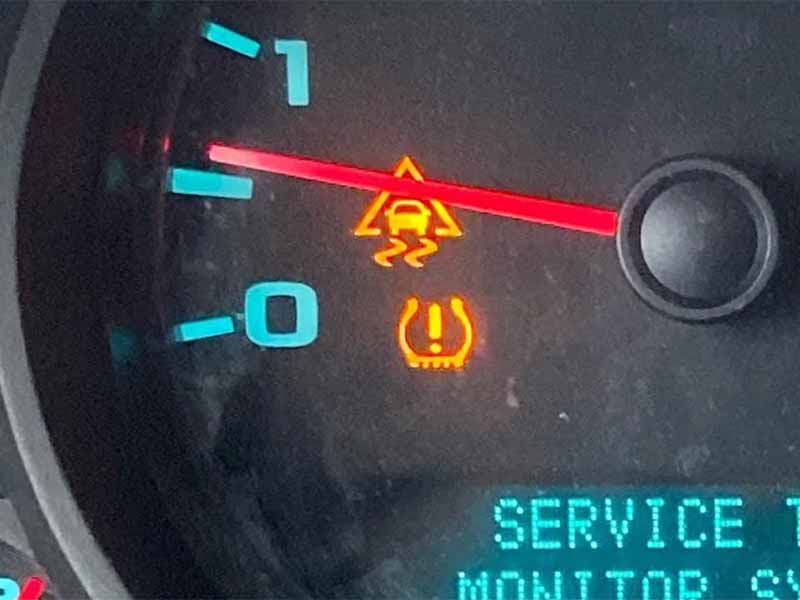Ever seen that little traction control warning light on your dashboard shaped like a car with squiggly lines behind it and wondered what it means? Well, that’s your car’s way of telling you something about your traction control system. Ignore it, and you might just find yourself in a slippery situation—literally.
Can You Drive With The Traction Control Light On?
Yes, you can drive with the traction control light on, but it’s not advisable for long periods or in poor driving conditions.
The light indicates that your vehicle’s traction control system is either active or malfunctioning, and driving without resolving the issue can compromise safety.
In this article, we’ll dive deep into the world of traction control systems, exploring why the light turns on, the risks of driving with it on, and what immediate steps you should take. This guide aims to be your go-to resource for all things related to traction control and tire safety.
Let’s take a closer look.
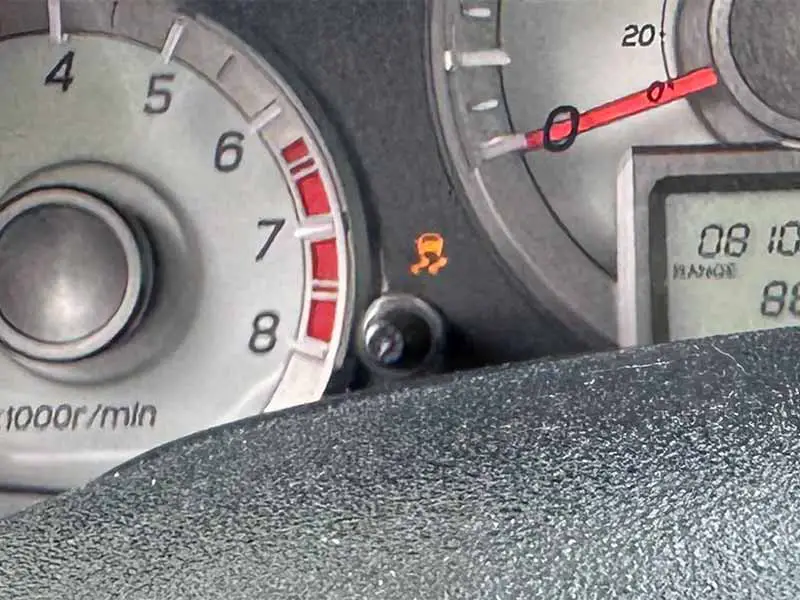
What is Traction Control?
Before diving into the nitty-gritty of traction control, let’s understand what “traction” means. Traction is the grip your tires have on the road. When you’re driving, especially in conditions like rain or snow, maintaining this grip is crucial for your safety. Losing traction can lead to skidding, which is dangerous for you and others on the road.
How Traction Control Works
Traction control is a built-in system in most modern cars and trucks that helps you keep that all-important grip on the road. It’s like a guardian angel for your tires. This system works closely with other parts of your vehicle, such as:
- Anti-lock Braking System (ABS): Prevents your wheels from locking up when you brake, helping you steer while you slow down.
- Wheel Speed Sensors: These sensors monitor how fast each wheel is spinning. If one wheel spins faster than the others, it could mean it’s losing grip.
The Role of Computers
A computer in your car oversees the whole operation. It constantly checks the data from the wheel speed sensors. If it notices a wheel is spinning too fast, it takes action to help that wheel regain its grip. This could mean reducing engine power or using the anti-lock braking system to slow down the spinning wheel.
What Happens When Traction Control Activates
When the system detects a loss of traction, several things can happen:
- Engine Power Reduction: The computer may reduce the power to the wheels to help them regain grip.
- Brake Application: The anti-lock braking system may apply brakes to the specific wheel that’s losing traction.
- Dashboard Light: The traction control warning light will illuminate on your dashboard to let you know the system is working.
Why Traction Control is Essential for Tires
From a tire’s perspective, traction control is like a best friend that steps in when things get slippery. It helps maintain the optimal contact between the tire and the road surface, ensuring:
- Longer Tire Life: Consistent grip and less skidding mean your tires will last longer.
- Better Fuel Efficiency: When your tires grip the road well, your engine doesn’t have to work as hard, which can improve your fuel economy.
- Enhanced Safety: With better grip, you’re less likely to experience dangerous situations like skidding or hydroplaning.
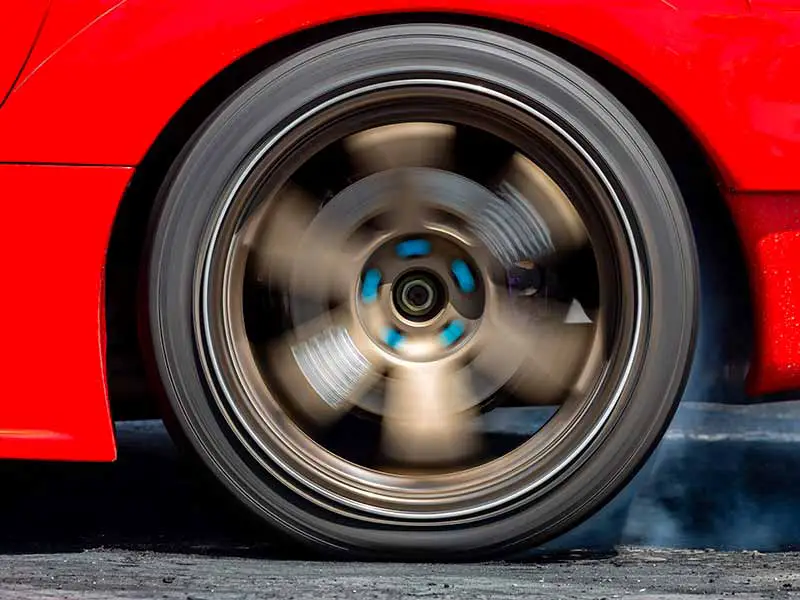
Why Does the Traction Control Light Turn On?
The traction control light on your dashboard serves as a warning signal. It’s your car’s way of telling you that the traction control system is either active or experiencing a problem. Usually, this light is shaped like a car with squiggly lines behind it, or it might simply read “TCS” (Traction Control System).
Common Reasons for the Light
The traction control light can turn on for various reasons. Here are some of the most common:
- Slippery Roads: When you’re driving on wet, icy, or otherwise slippery surfaces, the light may come on to indicate that the system is actively helping you maintain grip.
- Rapid Acceleration: If you accelerate too quickly, especially on uneven terrain, the light may come on as the system works to prevent wheel spin.
- Faulty Sensors: Sometimes, the wheel speed sensors can malfunction, causing the light to stay on.
The Role of Wheel Speed Sensors
Wheel speed sensors are a critical component of the traction control system. They continuously monitor the speed of each wheel and send this information to the car’s computer. If these sensors are faulty, they can send incorrect data, causing the traction control system to activate unnecessarily or not activate when needed.
Signs of Faulty Sensors
- Constantly Lit Traction Control Light: If the light stays on all the time, it could indicate a sensor issue.
- Inconsistent Traction Control Activation: You might notice the system activating at odd times, like on dry, even roads.
What Happens When Sensors Fail
When wheel speed sensors are faulty, your traction control system becomes unreliable. This can lead to:
- Reduced Road Grip: Your tires may not get the help they need to maintain grip, especially in slippery conditions.
- Increased Tire Wear: Inconsistent traction control can lead to uneven tire wear, reducing their lifespan.
- Decreased Safety: Without reliable data from the sensors, the system might not activate when you need it most, increasing the risk of accidents.
Immediate Steps to Take
If you suspect that your wheel speed sensors are faulty, it’s crucial to:
- Consult the Owner’s Manual: Your manual will provide guidance on what each dashboard light means and initial steps to take.
- Visit a Professional: If the light stays on, it’s best to consult a professional for a thorough diagnosis and repair.
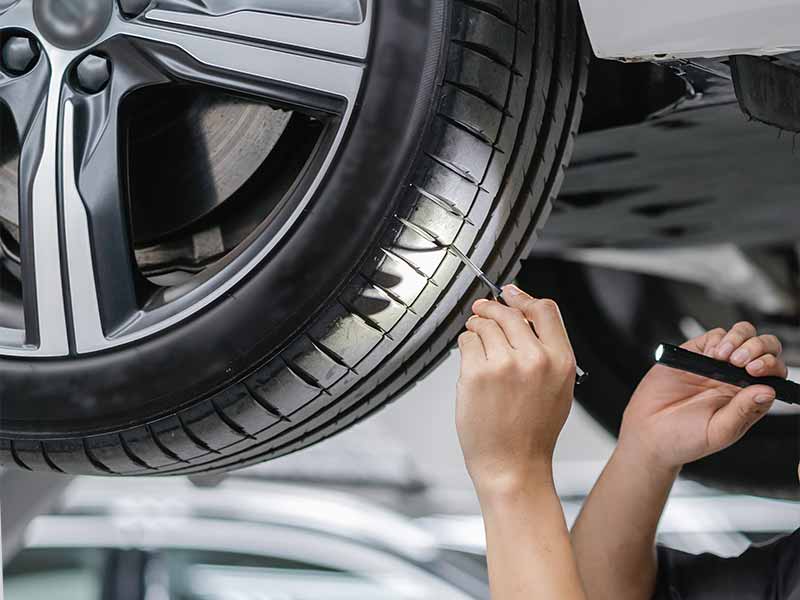
Is It Safe to Drive With the Traction Control Light On?
The safety of driving with the traction control light on varies depending on the situation. Sometimes it’s a temporary issue, like driving on a slippery road, while other times it could indicate a more serious problem.
How Long Can You Drive With the Light On?
If the light turns on temporarily and then goes off, it’s usually not a cause for immediate concern. This typically means the system is doing its job to help you maintain traction. However, if the light stays on, it’s a sign that you should take action.
Factors to Consider
- Road Conditions: If you’re driving on slippery or uneven roads, it’s best to pull over and investigate why the light is on.
- Weather: Bad weather conditions like rain, snow, or fog can make driving with a malfunctioning traction control system more dangerous.
- Driving Behavior: If you’re driving aggressively or at high speeds, a malfunctioning system can pose a greater risk.
Risks Involved
Driving with the traction control light on for an extended period can lead to:
- Losing Traction: Without a functioning system, your tires may not grip the road well, especially in slippery conditions.
- Stability Control Issues: Traction control is often linked with the stability control system, which helps you maintain control of the vehicle. A malfunction could compromise this feature.
- Increased Tire Wear: Poor traction can lead to uneven tire wear, reducing their lifespan.
Safety First: When to Stop Driving
If you experience any of the following, it’s best to stop driving and seek professional help:
- Loss of Power: If your vehicle seems to lose power, especially while the traction control light is on, it’s a sign of a serious issue.
- Flashing Traction Control Light: A flashing light usually indicates a severe problem that needs immediate attention.
- Other Warning Lights: If other lights on the dashboard, such as the ABS light, are on, it could indicate a more complex issue.
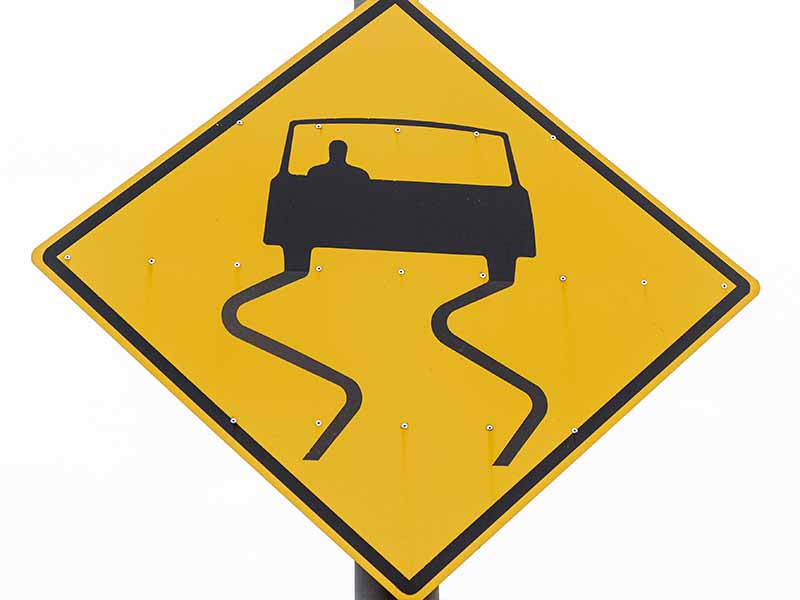
What To Do When the Traction Control Light Stays On
If the traction control light stays on, it’s a sign that something needs your attention. While it’s not usually a reason to panic, it’s not something you should ignore either.
Initial Steps to Take
When you notice the light staying on, here are some immediate steps you can take:
- Pull Over Safely: Find a safe spot to pull over and turn off your car.
- Consult the Owner’s Manual: Your car’s manual will have a section that explains what to do when specific dashboard lights stay on.
- Restart the Car: Sometimes, turning the car off and back on can reset the system and turn off the light.
How to Reset the Traction Control Light
Resetting the traction control light can sometimes resolve the issue, but it’s not a guaranteed fix. Here’s how you can attempt to reset it:
- Turn Off the Engine: Safely pull over and turn off your car.
- Wait a Few Minutes: Give the system a few minutes to reset.
- Restart the Car: Turn your car back on to see if the light has turned off.
- Check for Other Lights: Make sure no other warning lights are on.
If the light turns off after these steps, it might have been a temporary issue. However, if it stays on, further investigation is needed.
When to Consult a Professional
If the light remains on after attempting to reset it, or if it frequently turns on and off, it’s time to consult a professional for a thorough diagnosis. They can check:
- Wheel Speed Sensors: To see if they are sending accurate data.
- Anti-lock Braking System (ABS): To ensure it’s functioning correctly.
- Traction Control System: To diagnose any faults that could be causing the light to stay on.
Potential Issues and Repairs
A mechanic may identify one or more of the following issues:
- Faulty Wheel Speed Sensors: These may need to be replaced.
- Problems with the ABS: May require repair or replacement.
- Traction Control System Fault: Could require a system reset or more significant repairs.
Safety and Tire Longevity
Ignoring a constantly lit traction control light can lead to:
- Reduced Safety: Your risk of skidding or losing control increases.
- Increased Tire Wear: Your tires may wear out unevenly or more quickly.
- Higher Repair Costs: The longer you wait, the more expensive the repair could become.

Flashing Traction Control Light: What Does It Mean?
A steady traction control light is one thing, but a flashing light usually indicates a more urgent issue. Unlike a steady light, which suggests the system is either active or experiencing a minor problem, a flashing light is a strong signal that immediate attention is required.
Why Does the Light Flash?
The traction control light may flash for several reasons, but it’s generally a sign of a severe problem that could compromise your vehicle’s safety and performance. Here are some common triggers:
- Critical Sensor Failure: A key sensor, like a wheel speed sensor, may have failed completely.
- Major System Malfunction: The traction control system itself may be experiencing a significant fault.
- Multiple System Errors: Sometimes, a flashing light can indicate that multiple systems are failing, such as both the ABS and the traction control system.
Immediate Actions to Take
If your traction control light starts flashing, it’s crucial to take immediate action:
- Pull Over Safely: Find a safe place to pull over as soon as possible.
- Turn Off the Engine: Shut down the vehicle to prevent further damage.
- Consult the Owner’s Manual: Look for specific guidance on flashing warning lights.
- Call for Assistance: Given the severity, it’s often best to call for roadside assistance or a tow to a mechanic.
What a Mechanic Will Check
When you take your vehicle to a mechanic, they will likely perform a series of diagnostic tests to identify the issue. These could include:
- Sensor Checks: To determine if any sensors have failed.
- System Diagnostics: To identify any malfunctions within the traction control system.
- Cross-System Checks: To see if other systems like the ABS are also affected.
Potential Repairs and Costs
Depending on the diagnosis, several types of repairs might be needed:
- Sensor Replacement: Faulty sensors may need to be replaced.
- System Reset or Repair: The entire traction control system might require a reset or more extensive repairs.
- Cross-System Repairs: If other systems are affected, broader repairs may be needed, increasing costs.
Implications for Tires and Overall Safety
A flashing traction control light can have serious implications:
- Immediate Safety Risk: Driving with a major system malfunction can be extremely dangerous.
- Potential for Skidding: Without a functioning traction control system, the risk of skidding and accidents increases significantly.
- Accelerated Tire Wear: The lack of effective traction control can lead to rapid and uneven tire wear.
Resources
Below are some links you may find helpful when learning about tires
- Why your traction control warning light is on, and what to do – Repair Pal
- Common problems with traction control – Cars.com
Final Thoughts
Understanding your vehicle’s traction control system is crucial for both your safety and the longevity of your tires. If that little light on your dashboard turns on or starts flashing, it’s not just a random event—it’s a message you shouldn’t ignore.
Whether it’s a temporary activation due to road conditions or a sign of a more serious issue, taking immediate action can prevent accidents and save you from costly repairs down the line. So the next time that light flickers on, you’ll know exactly what to do.
Good luck and happy motoring.
